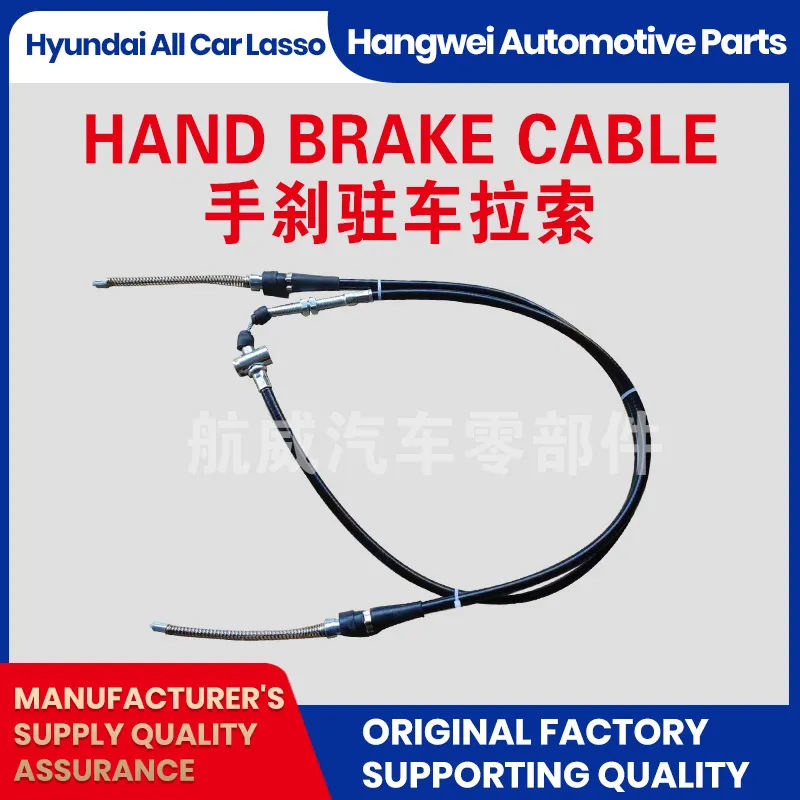Throttle Control Mechanism and Its Importance in Engine Performance
Understanding Throttle Assembly The Heart of Engine Control
Throttle assembly plays an essential role in modern engines, particularly in vehicles, by controlling the amount of air entering the engine. As a component of the engine's intake system, it has a significant impact on engine performance, fuel efficiency, and emissions. In this article, we will explore the fundamental aspects of throttle assemblies, their functionality, types, and their critical role in enhancing vehicle performance.
What is Throttle Assembly?
The throttle assembly is a mechanical device positioned between the air intake and the engine. Its primary function is to regulate air flow based on the driver's input via the accelerator pedal. The throttle assembly is linked to the vehicle's engine management system, which calculates and determines the necessary air-fuel mixture for optimal engine performance.
When a driver presses the accelerator pedal, it sends a signal to the throttle assembly, which either opens or closes a valve. This action increases or decreases the volume of air entering the engine’s cylinders, thus affecting the combustion process. The amount of air mixed with fuel directly correlates to the engine’s power output and efficiency.
Types of Throttle Assemblies
Throttle assemblies can vary significantly depending on their design and the technology involved. There are mainly two types of throttle systems used in automotive applications mechanical and electronic.
1. Mechanical Throttle Assembly This traditional system employs a cable connected to the accelerator pedal. When the driver presses the pedal, the cable pulls on the throttle plate, opening it to allow more air into the intake manifold. This direct connection provides a natural and immediate response, but it does not consider factors such as engine load and speed.
2. Electronic Throttle Control (ETC) Also known as drive-by-wire, this modern system uses sensors and electronic controls to manage throttle position. In an ETC system, the accelerator pedal is equipped with sensors that send data to the engine control unit (ECU). The ECU then adjusts the throttle plate position electronically, allowing for more precise control over air intake. This technology improves response time, enhances fuel efficiency, and reduces emissions by optimizing the air-fuel mixture based on real-time engine data.
throttle assembly

Benefits of Advanced Throttle Assemblies
The evolution from mechanical throttle assemblies to electronic throttle control has brought numerous benefits to modern engines
- Improved Fuel Efficiency Electronic throttle systems can adjust air intake more precisely, leading to better fuel-air ratios and reductions in fuel consumption. - Enhanced Performance By fine-tuning the throttle response, vehicle performance can be optimized, delivering more power when needed without compromising efficiency. - Emissions Reduction With better control over the combustion process, advanced throttle assemblies contribute to lower emissions, helping manufacturers meet stringent environmental regulations. - Integration with Other Systems Electronic throttle control systems can easily integrate with other vehicle systems, such as traction control and stability control, improving overall vehicle handling and safety.
Challenges and Considerations
While electronic throttle assemblies provide many advantages, they also present new challenges. The reliance on electronic components means that any failure in the system could lead to a loss of throttle control, which can be a safety concern. To counter this, modern vehicles are often equipped with redundancies and fail-safe mechanisms.
Another consideration is the potential for driver disconnect. Some drivers prefer the tactile feedback of a mechanical system, and the feel of an electronically controlled throttle can differ significantly. Automakers continuously strive to balance responsiveness and driver engagement in their vehicle designs.
Conclusion
Throttle assemblies are crucial components of modern automotive technology, directly influencing performance, economy, and emissions. With the shift towards electronic throttle control, vehicles have become smarter and more efficient. Understanding how throttle assemblies work helps us appreciate the complexities of vehicle engineering and the advancements that drive the automotive industry forward. As technology continues to evolve, we can expect further improvements in throttle assembly designs, contributing to a more efficient and sustainable future in automotive transportation.
-
Workings of Clutch Pipe and Hose SystemsNewsJun.04,2025
-
The Inner Workings of Hand Brake Cable SystemsNewsJun.04,2025
-
The Secrets of Throttle and Accelerator CablesNewsJun.04,2025
-
The Hidden Lifeline of Your Transmission Gear Shift CablesNewsJun.04,2025
-
Demystifying Gear Cables and Shift LinkagesNewsJun.04,2025
-
Decoding Clutch Line Systems A Comprehensive GuideNewsJun.04,2025
